Notes
Alive Day: Beyond The Mind's Eye
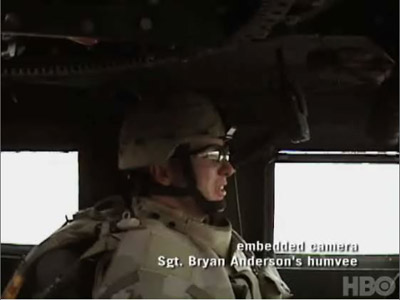
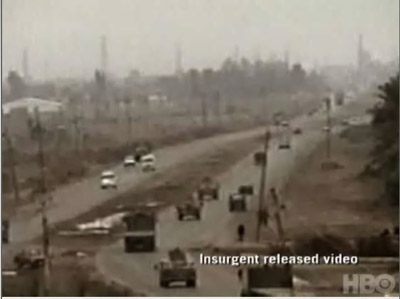
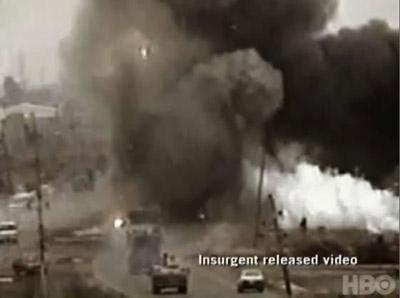
My first piece for American Photo is on-line.
It takes issue with the still photographs of injured war veterans created in conjunction with the HBO program “Alive Day.” (The “alive day” is the date a particular soldier suffered, but survived a catastrophic injury.) For some reason, most likely a commercial one, the soldiers are posed in such a uniform and stereotyped manner that it frustrates the point of portraiture.
I hope you’ll take a look at it, and show some “BAG presence” by commenting at American Photo‘s fine State of the Art blog.
On the subject of the program itself, I know I was critical of the staging and the role of James Gandolfini. Having now watched the program on-line, I thought Gandolfini did a tasteful, warm and smartly inconspicuous job. There were a couple other elements to the production that were also interesting from a visual perspective.
One thing I was fascinated by was just how much video documentation — from both the U.S. and the insurgent side — seems to be available of the battlefield. We are all familiar with the number of surveillance cameras in public/civilian spaces, and how quickly authorities seem to be able to reconstruct video accounts of incidents after the fact. What is more novel and less familiar, however, is how much the same can be done from a particular field encounter or IED detonation, which this documentary seems to take full advantage of.
I’m not sure if the shot of Sgt. Anderson from the “humvee cam” was taken on his “alive day,” or not. (Notice all the documentation Jonathan Bartlett has of his attack, however, or the web-cam footage of the blast that hit Jay Wilkerson’s humvee.) I also can’t say if the insurgent-shot attack footage that HBO shows for each soldier is the actual one that involved them. Although I’m thinking many of these sequences do.
Just the sense that it is, or easily could be, however, has all kinds of new implications for the veterans relationship to his personal cataclysm. Whereas these experiences used to be exclusive to memory, how different is it to witness, as well as to own a copy of how your old life ended when you arms or legs were blown off — one you could review anytime, edit, and share with family or friends?
—-
Update 9/14/07:
I wrote to to the HBO publicist for clarification about the “attack” videos paired with each soldier in the program. The response is as follows (italics mine):
“The insurgent supplied video mirrors the kind of attack each soldier/marine was involved in. The insurgent video matches the attack and was carefully vetted by HBO military advisors.”
So one more question here: Should the program or caption somehow indicate that these are not the actual incidents where the individual soldier was injured, or are we expected to know that? Also, given that “friendly” web cams capture some of the actual attacks, doesn’t that just further blur the line?
(image via HBO Documentary Films and Attaboy Films)
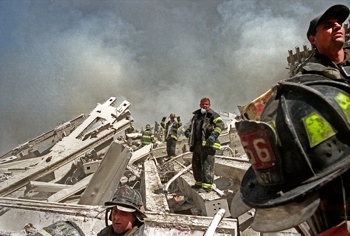
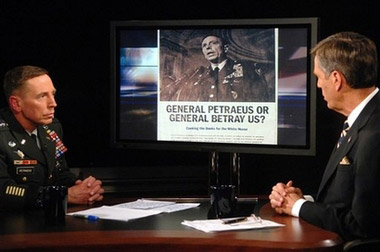
Reactions
Comments Powered by Disqus